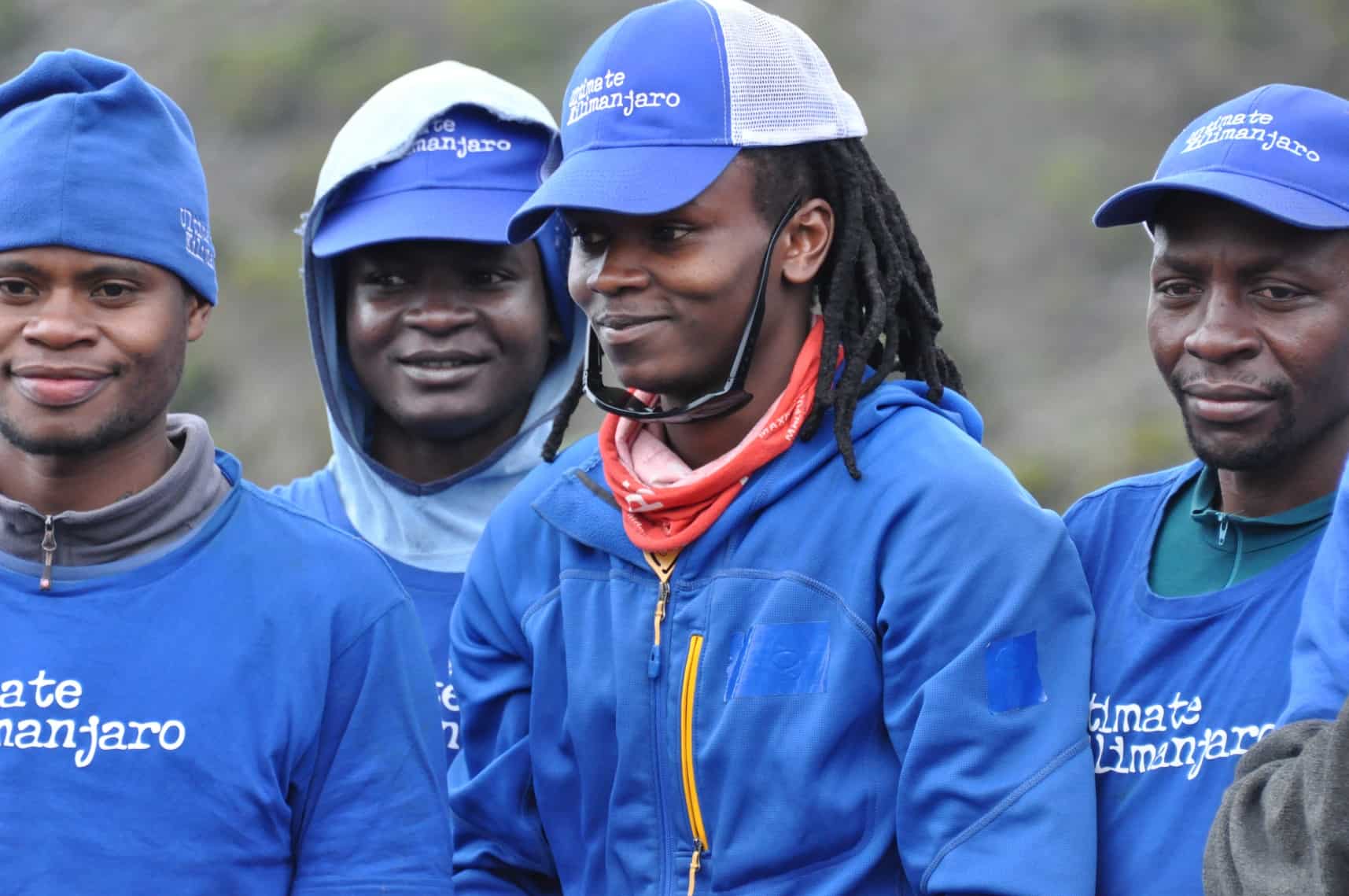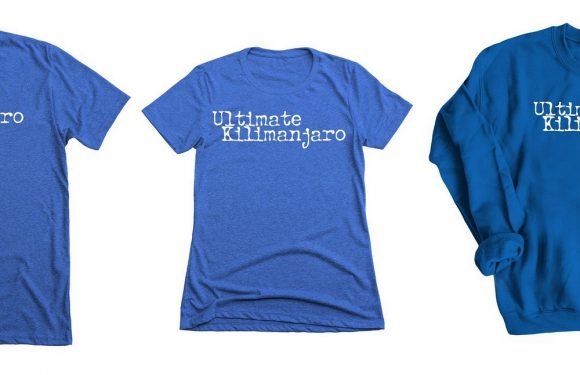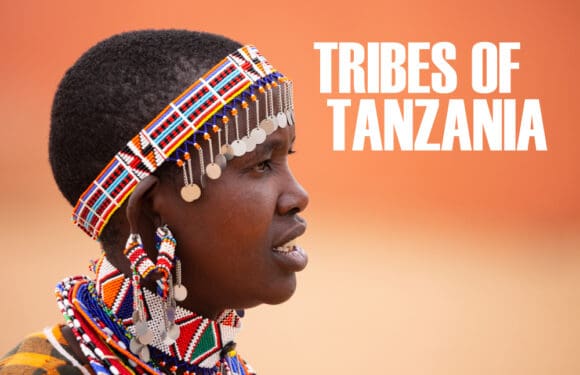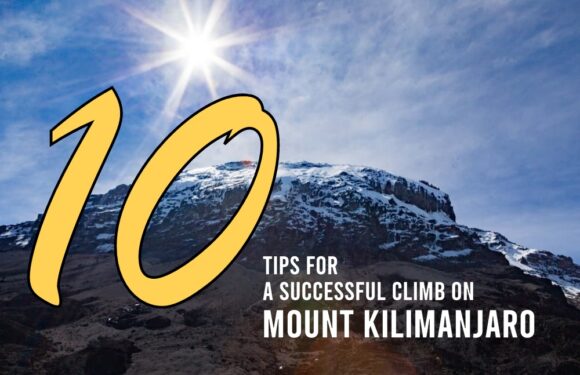Climbing Mount Kilimanjaro might seem like a daunting challenge. Yet, for many, this adventure is more achievable than other high-altitude treks or alpine climbs for various reasons. In fact, about half or our clients have little to no backpacking experience, yet they perform very well on the mountain.
Why? Because climbing Kilimanjaro is easy.
Many people worry that Kilimanjaro is a hard mountain to climb, and fear that it is too difficult for them. In this article, we’ll share five reasons what makes this peak a relatively straigh-forward endeavor, and show you why you can climb Kilimanjaro.
1. Non-Technical Ascent

Most of the world’s tallest mountains such as Everest or Denali require technical climbing skills and specialized gear. These peaks present complex and often hazardous conditions such as steep, rocky, or icy slopes and crevasses. Technical gear, such as ice axes, crampons, harnesses, helmets, and ropes, are necessary to safely move across this terrain.
On the other hand, Mount Kilimanjaro is a “walk up” mountain. That means that the established routes to the summit are essentially hiking paths. There are no technical climbing sections, and you won’t be asked to scale rock faces, ascend ice falls, or traverse glaciers. There is no risk of avalanche, and very little exposure to a fall.
This non-technical nature makes Kilimanjaro accessible to nearly everyone, including those without prior mountaineering experience. Even those without prior hiking, backpacking, and camping experience can tackle this peak. As long as you can walk, you can climb Kilimanjaro, which is not the case for many other high-altitude expeditions that demand technical climbing experience and skills. Even people with prosthetic legs or no legs at all have summited successfully.
2. Fully Supported

Kilimanjaro’s expeditions are fully supported, significantly reducing the mental, physical, and logistical burden on climbers. Professional guides lead the way, while porters carry the bulk of the equipment and handle all the camp responsibilities.
All food and water are provided, so you can be confident that your nutritional needs are going to be met. In addition, we provide sleeping tents, mess tents, tables and chairs, sleeping pads, washing stations, and portable toilets. Our camps are very comfortable and go well beyond what people expect in terms of the level of service that they receive on such an expedition.
On other mountains, this level of support is often not available, so climbers must take care of their own supplies and daily needs, which includes carrying all their gear, setting up and breaking down tents, fetching water, and preparing meals.
On Kilimanjaro, we do all of this for our clients, allowing them to focus solely on the hike. Having a mountain crew greatly reduces the workload for our clients and in turn allows for more rest, quicker recovery, and better acclimatization.
3. Moderate Day Hikes

The typical day hike on our Kilimanjaro routes involves manageable hiking times, short distances, and moderate elevation gains. The itinerary will vary from day to day, but average walking times are approximately four to six hours per day on well maintained trails. The guide sets a slow pace that is easy, or should be easy, for everyone to maintain. Furthermore, you’ll get a rest break to sit down, drink water, and eat snacks about once every hour.
Other high-altitude treks can have steep, rapid ascents on rugged trails that tax the body repeatedly over several days. But Kilimanjaro’s best routes allow your body to adjust to the altitude slowly, which is evident in the high success rates for 8 and 9 day climbs. The routes are planned so that most days are relatively easy or moderate in difficulty, with one big exception- summit day.
Other than that, your daily hikes will feel more like a comfortable stroll on the mountain rather than strenuous exercise. And this is precisely why we say that anyone with a decent level of fitness can summit Kilimanjaro. You only have to endure one tough day, and that day comes at the very end of your climb, so you have the rest of your trip to recover.
4. Favorable Weather

The weather on Kilimanjaro is typically milder and more predictable than in other high-altitude environments. Most of the days are spent in pleasant conditions where wearing a base layer plus a light jacket will suffice.
While it can get very cold on the mountain, especially near the summit, climbers generally don’t face the extreme weather conditions found on other peaks. Encountering severe weather such as heavy snowstorms, lightning, or high winds is very rare. In our many years of operation, less than a handful of climbs were called off due to weather concerns. So the probability of bad weather conditions affecting your ability to attempt a summit is almost zero.
Compare that with peaks such as Mount Rainier, where 50% of commercial climbs fail primarily due to weather, or Mount Washington, known for having the “worst weather in the world.” If you’re on Mount Kilimanjaro, you’ll almost always have a shot at the summit.
5. Easy Exit

Mount Kilimanjaro’s routes are laid out in such a way that rapid descent is possible. So, in the event of health issues or emergencies or you’re just plain sick of camping, you can get off the mountain quickly, in a single day. In fact, one can descend from the very top to the very bottom in about 10 hours, walking at a normal pace. Additionally, it’s also possible to evacuate by vehicle or helicopter, providing an extra layer of convenience and safety.
On more remote mountains, such as those in the Himalayas, quick descent and rescue can be complicated, often taking days to execute. But on Kilimanjaro, the option to bail out promptly and effectively, for whatever reason, provides comfort for climbers, knowing they can return to civilization at any time.
The presence of experienced guides and park rangers mean that assistance is readily available in case of emergencies. Moreover, the proximity of medical facilities and rescue services at the base of the mountain means they can get treated fast.

So let’s recap the 5 reasons why climbing Mount Kilimanjaro is easy. It’s non-technical and fully supported, consists of moderate daily hikes, experiences generally favorable weather, and has an easy exit.
Oftentimes people focus on how hard it is to climb Kilimanjaro, or on the potential obstacles that could thwart their summit. Our intention is that by discussing the practical aspects that make Kilimanjaro easy (by mountaineering standards), that you realize that climbing this Seven Summit is a more than achievable goal, even for those with a lack of outdoor experience.





























































